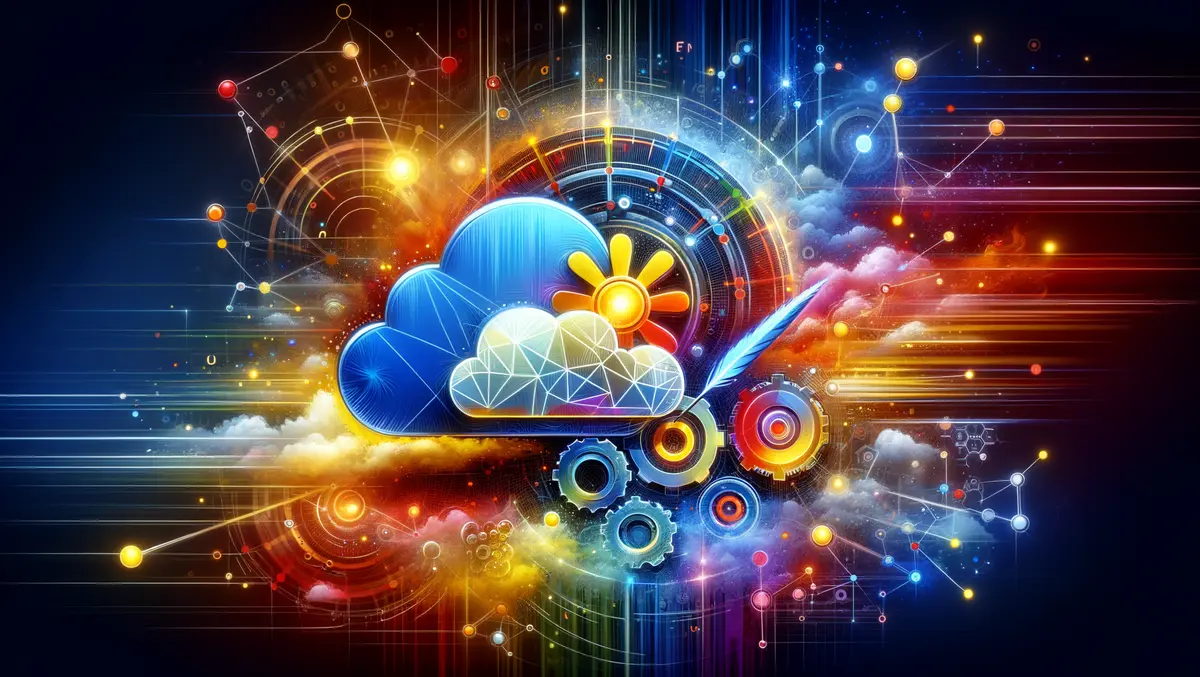Neo4j, a global specialist in graph database and analytics, is partnering with Google Cloud to introduce new GraphRAG capabilities for Generative AI (GenAI) applications. This collaboration will provide new native integrations which are set to drastically speed up GenAI application development and deployment across several crucial stages.
GenAI applications require real-time, contextually rich data and accurate results. Many enterprises encounter difficulties in the complexities of building and deploying such applications. This partnership aims to combat these issues and improve deployment success rates. Knowledge graphs that capture relationships between entities enable large language models (LLMs) to successfully reason, infer and retrieve relevant information accurately and effectively.
According to Gartner's report issued in November 2023, data and analytics leaders must deploy LLMs with the robustness of knowledge graphs for fault-tolerant AI applications. Retrieval Augmented Generation (RAG) is a technique that allows LLMs to access external datasets. When knowledge graphs are combined with RAG, now known as GraphRAG, the GenAI outcomes are made more precise, clear, and transparent, especially with real-time data.
Developers can apply the GraphRAG techniques with knowledge graphs easily, which grounds LLMs for accuracy, context, and explainability. This enhacement improves GenAI innovation. With this integration, developers will be able to quickly create knowledge graphs for exact, explainable results with unstructured data like PDFs, web pages, and documents using Gemini models, Google Cloud VertexAI, LangChain, and Neo4j. This can be achieved either directly or by loading data from Google Cloud Storage buckets.
Developers will also be able to ingest, process and analyse real-time data swiftly using Flex templates in Dataflow. This will result in creating secure data pipelines that ingest, process, and analyse data across platforms like Google BigQuery, Google Cloud Storage, and Neo4j, supplying knowledge graphs with live information which will enable GenAI applications to provide timely, relevant insights.
Lastly, with the new integration, companies can use Gemini for Google Workspace and Reasoning Engine from Vertex AI platform to deploy, monitor, and scale GenAI applications and APIs onto Google Cloud Run. Gemini models are trained on Neo4j's training data to automatically turn any language code snippets to Neo4j's Cypher query language. This results in faster, easier, and more collaborative application development by incorporating natural language understanding and generation capabilities within the applications and other environments.
This collaboration also marks significant milestones in the partnership history. With it, regulated customers can meet strict data residency, security, and regulatory requirements in Google Distribution Cloud (GDC). Neo4j the preferred launch partner for GDC, is expected to provide Graph Database and Analytics capabilities.
Neo4j won Google Cloud's Technology Partner of the Year award in the Data Management category twice. The company also launched its strategic partnership with Google Cloud in 2019. They integrated native vector capabilities into its core graph database last year, which now serves as long-term memory for LLMs. The latest collaboration offers its services immediately.
Expressing excitement about the partnership, Jeff Dalgliesh, CTO of Data noted the capability to enhance GenAI applications with Neo4j knowledge graphs as a significant step forward for the industry. Ritika Suri, Director of Technology Partnerships at Google Cloud, added that by utilising Google Cloud's Gemini models and Vertex AI, Neo4j can significantly increase the speed and accuracy of GenAI application development.
Sudhir Hasbe, CPO at Neo4j, concluded that "GraphRAG with Neo4j and Google Cloud enables enterprises to move from GenAI development to deployment much faster and see value from their production use cases." Hasbe continued, highlighting that this new chapter of their partnership "[combines] the power of graph technology, GenAI, and cloud computing excellence."



